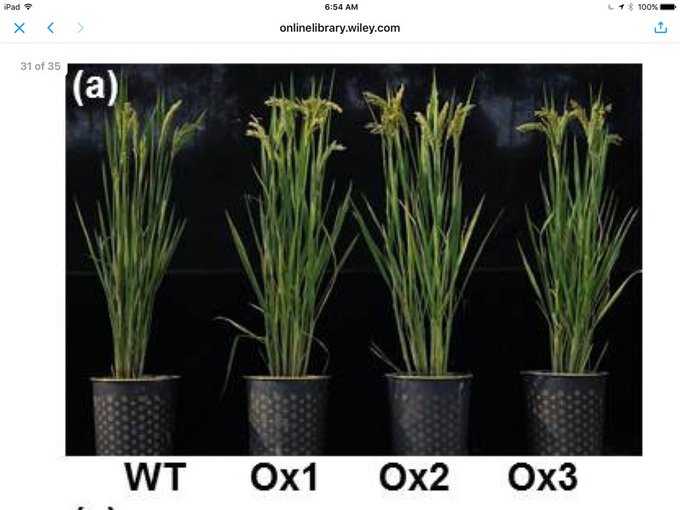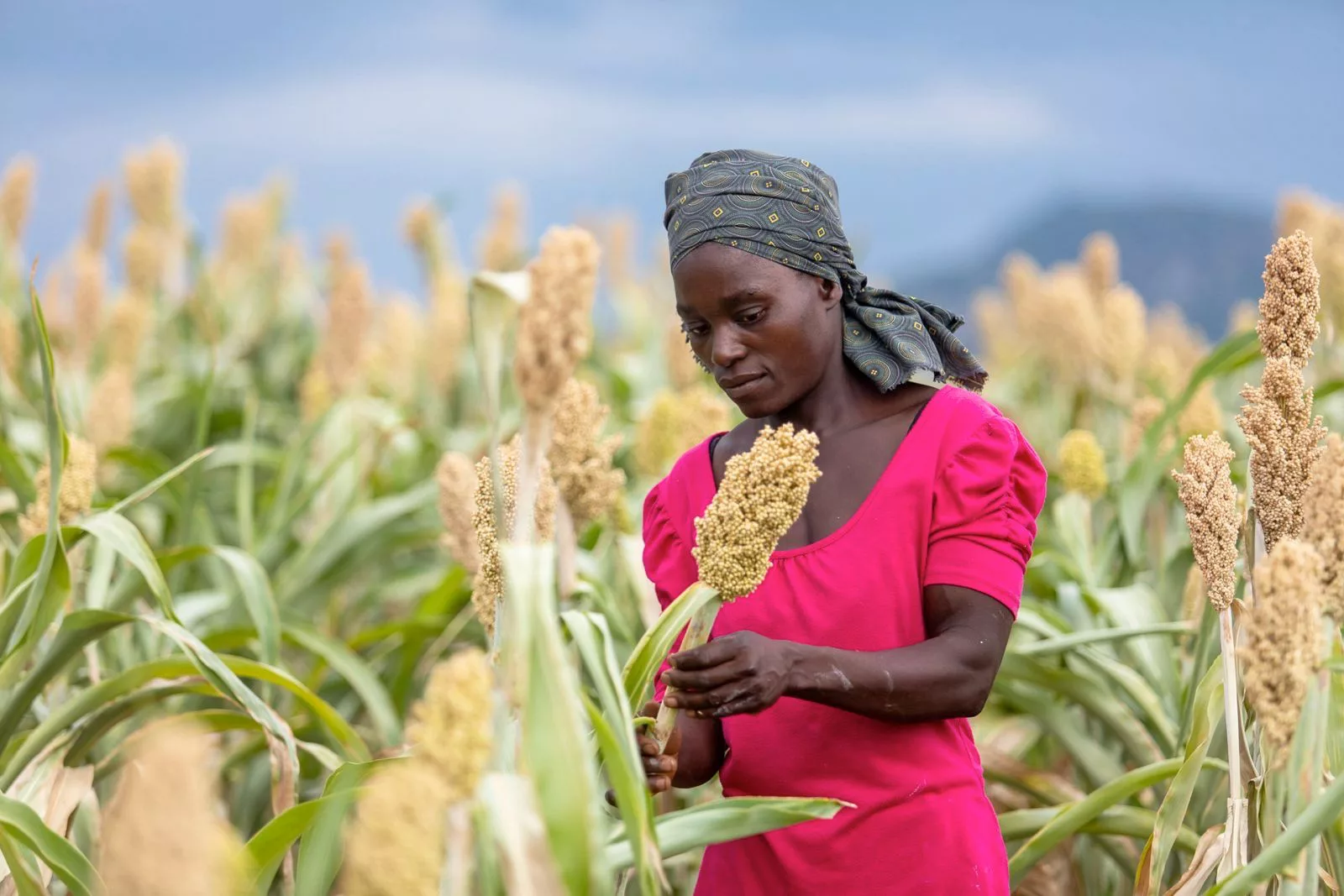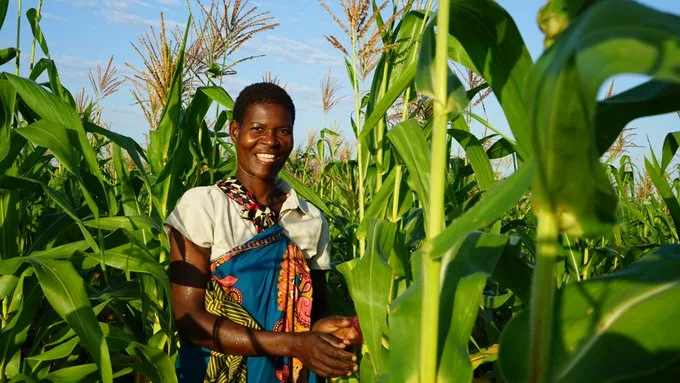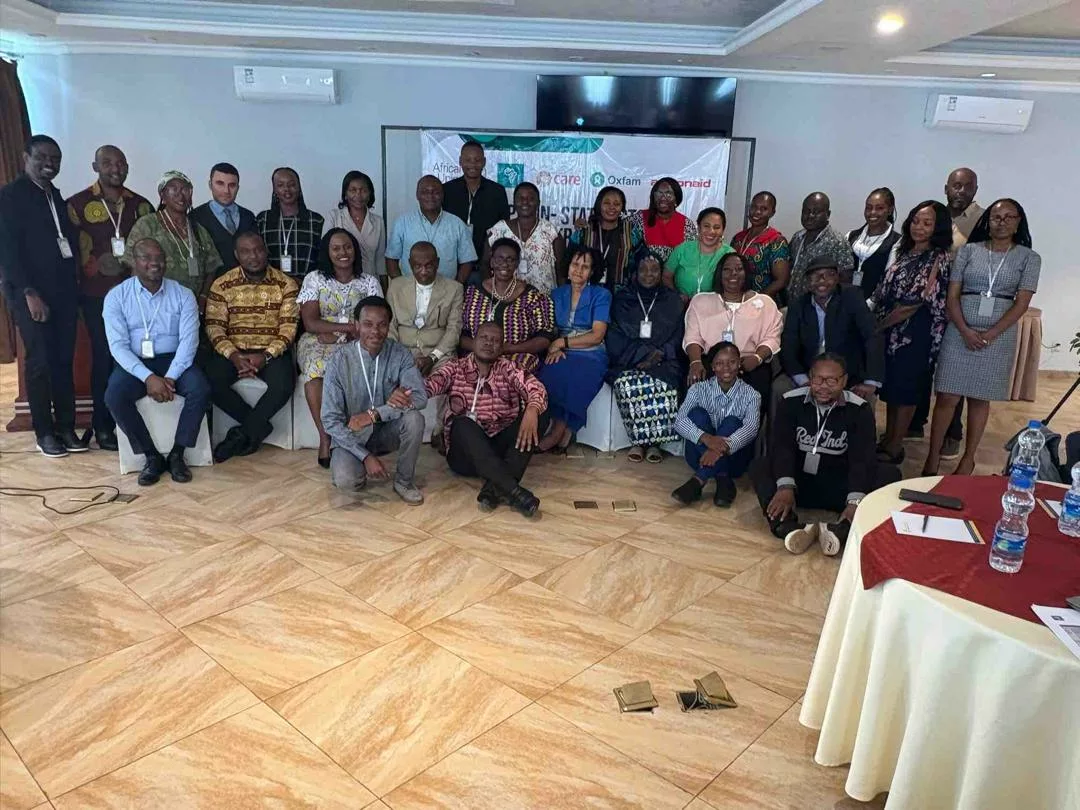|
Getting your Trinity Audio player ready...
|
Bangladesh comes third among the world’s top rice-producing countries after China and India.
From less than 25% of their total available croplands, China and India grow as much rice, which together constitutes over half of the world’s annual rice output.
Due to fast diminishing croplands in Bangladesh, the country has to dedicate up to 75% of its total arable area only for growing rice, leaving the remaining 25% available for other crops to be grown.
In other words, Bangladesh’s future food security largely depends on how quickly the country embarks on newer high-growth technologies as there is practically no scope for it to expand horizontally.
Amidst such a reality, a new possibility of increasing rice yield by 40% has generated much enthusiasm among the rice science fraternity in Bangladesh.
Scientists at the Chinese Academy of Agricultural Sciences (CAAS) have successfully overexpressed a rice gene, thereby boosting yield by 40%, said the world’s leading peer-reviewed academic journal Science recently.
Talking to Dhaka Tribune yesterday, Principal Physiologist of Bangladesh Rice Research Institute’s (BRRI) Dr Md Sazzadur Rahman said it is great news that gives new hope to countries like Bangladesh, where growing more rice from less land for a yet increasing population has always been a huge challenge.
“We can do the study here at BRRI and we’ll soon develop a program to see how the technique (applied by CAAS scientists) helps us grow more rice from less land,” said Dr Sazzadur Rahman, who has long been associated with the internationally collaborated “The C4 Rice Project”, whose principal goal is to gain up to 50% higher rice yield by making the plant more photosynthesis efficient.
Photosynthesis is the process by which green plants and some other organisms use sunlight to synthesize nutrients from carbon dioxide and water.
Dr Rahman says it could be a breakthrough if it happens. “We can compare it with the sd1 gene that triggered the Green Revolution.” In the 1960s, the discovery of a single gene – sd1 – helped rice scientists develop semi-dwarf rice plants with high yield potentials, thereby inaugurating the era of the Green Revolution.
In late July, the journal Science reported that by giving a Chinese rice variety a second copy of one of its genes, researchers have boosted its yield by up to 40%. The change helps the plant absorb more fertilizer, boost photosynthesis, and accelerate flowering – all of which could contribute to larger harvests.
“An extra copy of the OsDREB1Cgene in rice boosted its nitrogen intake, resulting in more efficient photosynthesis and 40% more in grain yield. The Chinese scientists who conducted the research are now looking at the possibility of doing the same for other plants like wheat,” noted Science.
A team led by CAAS crop physiologist Wenbin Zhou combed through 118 rice and maize regulatory genes, which encode proteins called transcription factors, that other researchers had previously identified as likely important in photosynthesis.
They particularly wanted to focus on genes activated when the plant is grown in low-nitrogen soil as these might help increase plant growth activity and draw in more nitrogen to produce more grain. They narrowed the selection down to 13, of which five led to a significant amount of nitrogen intake.
They then selected the OsDREB1C gene and used it in a rice variety typically used for research – some had extra copies of the gene inserted into it while others had the gene knocked out. The plants were then subjected to greenhouse conditions where the scientists found that those with extra copies of the OsDREB1c gene grew faster as seedlings while those that had it knocked out were outgrown by control plants. The results indicated that the plants with extra copies of the OsDREB1C took in more nitrogen through their roots and transported it to the shoots, and were better at photosynthesis.
The researchers then tested their method on a high-yielding rice variety and it was here that they recorded bigger grains as well as up to 40% more grain production per plot of the transgenic rice when compared to the control plants. They also noted that the plants flowered sooner than expected, which also contributed to the increased yield.
In their journal article, Wenbin Zhou and his team wrote that overexpression of the OsDREB1C gene not only boosted grain yields but also helped rice plants become more nitrogen use-efficient, thereby requiring fewer amounts of chemical fertilizers.
“Our work demonstrates that by genetically modulating the expression of a single transcriptional regulator gene, substantial yield increases can be achieved while the growth duration of the crop is shortened.”
IRRI-CAAS collaboration
The CAAS-led rice science breakthrough comes at a time when the Chinese Academy of Agricultural Sciences and the International Rice Research Institute (IRRI) have joined hands in establishing the Sanya International Rice Resource and Breeding Center in Hainan, China.
CAAS Vice President Sun Tan and IRRI Regional Representative for Asia Nafees Meah signed the agreement on behalf of the two organizations in mid-July.
“IRRI and China, through the Chinese Academy of Agricultural Sciences, have had a long and fruitful history of cooperation. Since then, IRRI has been a steadfast supporter and partner of China’s remarkable journey to become the world’s largest producer of rice, and one of the key global players in agricultural innovation and technology,” said Nafees Meah.
Over the years, almost 35,000 rice germplasm resources from IRRI have been introduced into China, and around 54% of the current Chinese rice varieties contain IRRI genealogy. China is also a pioneer and world leader in hybrid rice development, and about 99% of China’s three-line hybrids utilize restorer genes from IRRI.
Established in 1957, CAAS is headquartered in Beijing. It oversees 42 institutes, and is the largest employer of scientific talent in agricultural science and technology in China, with over 5,000 professional employees. CAAS is credited with the development of as many as 1,000 new varieties of crops, livestock, and poultry breeds.
Source: DT






